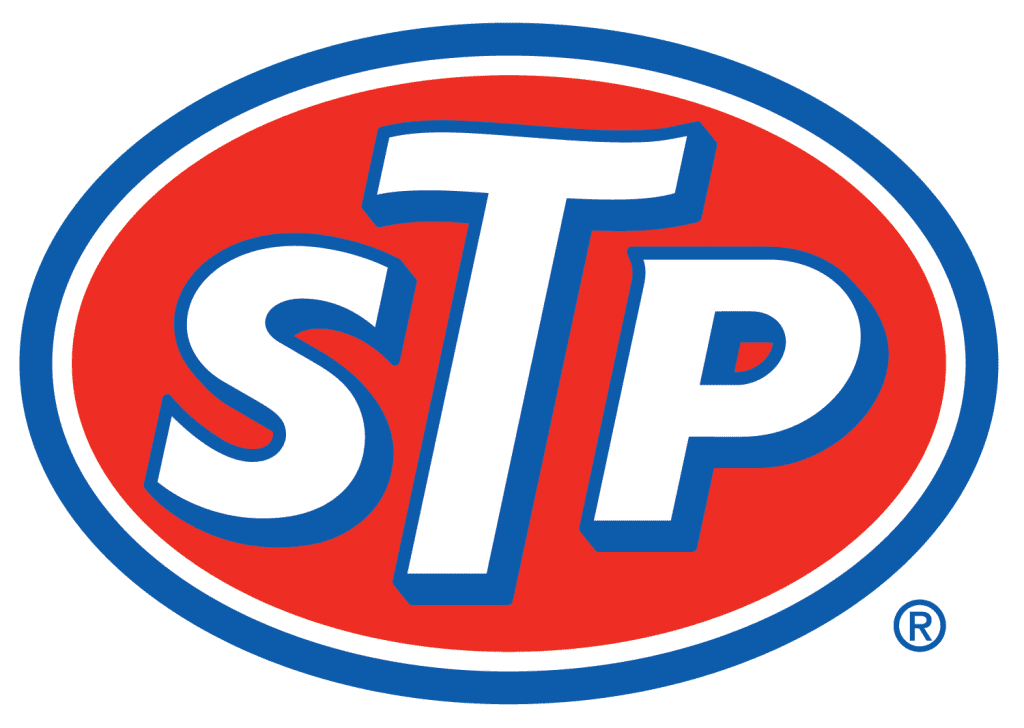Most hydraulic components systems are designed for oil-based fluids and there’s rarely an operating, safety, or maintenance issue. Unless of course the hydraulic fluid is being used in an environment with potential ignition sources such as an open flame, sparks, or high temperature metal. In these circumstances even a small amount of oil could cause a serious fire resulting in property damage, injury, or death.
Almost all oil-based hydraulic fluids can actually tolerate extremely high temperatures because of their high flash points, but a leak from a high-pressure system may lead to a finely atomized spray of oil that can travel much farther than you may expect. If even a tiny amount of oil is able to travel to an ignition source, a fire can result. In these cases the wisest course of action is to use a hydraulic fluid that eliminates any fire hazard: fire-resistant hydraulic fluids (FRHFs).
Originally the fluid medium for these types of applications was water, which of course offered the highest degree of fire resistance possible. But a shift in performance potential of the systems FRHFs were being used in required far better lubrication that could only be achieved with oil-based fluids.
Then, during WWII, a number of tragic accidents at steel mills and foundries made it clear that using oil-based fluids for better lubrication in environments with ignition potential was simply too dangerous. Similar tragedies in coalmines prompted joint research between government and industry that led to replacing the flammable oil-based fluids with cost-effective alternatives. Two main alternatives were developed: one that incorporated water that would snuff ignited fluid; and the other made of synthetic chemicals that were non-flammable or incorporated non-combustible materials that could extinguish flames.
Water-containing products fall into to major categories: water glycol and invert emulsion. As the name suggests, water glycol is a solution of glycol in water with additional chemicals added to impart viscosity, corrosion protection, and anti-wear properties. This type of FRHF is used in a variety of applications. Like a water glycol product, an invert emulsion also contains about 40% water but is a stable emulsion of water dispersed in oil. This type of FRHF was more in favor in the past than they are today.
Phosphate esters used to represent the majority of synthetic fluids because they are extremely fire resistant and have a wide variety of industrial uses; however, because of environmental factors, high cost, and poor compatibility, they are less popular than they once were.
The most recently developed and fastest growing type of synthetic fluid is the synthetic hydrocarbon, also known as polyol esters. Produced from the reaction between long-chain fatty acids and synthesized organic alcohols, these products also contain additives to impart anti-wear properties, corrosion protection, and improved viscosity and are used in a variety of applications.
If you have a question about fire-resistant hydraulic fluids, give us a call. We’re always happy to answer your questions and offer advice on the best products for your purposes.













